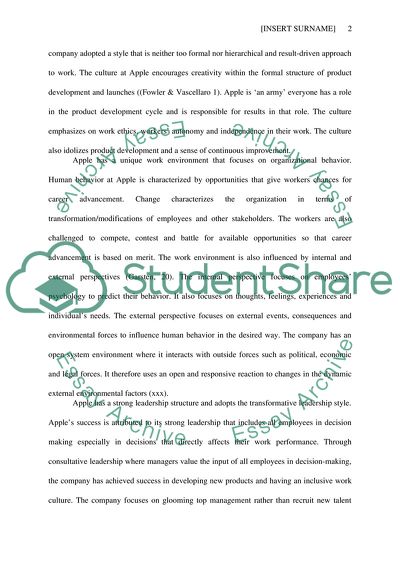Cite this document
(An Analysis of Apples Organizational Behavior Assignment Example | Topics and Well Written Essays - 1500 words, n.d.)
An Analysis of Apples Organizational Behavior Assignment Example | Topics and Well Written Essays - 1500 words. https://studentshare.org/marketing/1697049-apple
An Analysis of Apples Organizational Behavior Assignment Example | Topics and Well Written Essays - 1500 words. https://studentshare.org/marketing/1697049-apple
(An Analysis of Apples Organizational Behavior Assignment Example | Topics and Well Written Essays - 1500 Words)
An Analysis of Apples Organizational Behavior Assignment Example | Topics and Well Written Essays - 1500 Words. https://studentshare.org/marketing/1697049-apple.
An Analysis of Apples Organizational Behavior Assignment Example | Topics and Well Written Essays - 1500 Words. https://studentshare.org/marketing/1697049-apple.
“An Analysis of Apples Organizational Behavior Assignment Example | Topics and Well Written Essays - 1500 Words”. https://studentshare.org/marketing/1697049-apple.


